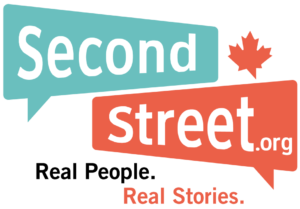NEW POLL: Canadians Warm to Health Reform

A new poll commissioned by think tank SecondStreet.org shows that a large majority of Canadians support several health care reform options, including: governments hiring private clinics to reduce wait times, allowing patients to pay for the services they want at private clinics, and better tracking and disclosure of data when it comes to patients dying while waiting for government health care services.
The poll was conducted for SecondStreet.org by Leger between November 26-29, 2021.
“Health care waiting lists in Canada have never been longer and it’s causing tremendous problems for patients,” said SecondStreet.org president Colin Craig. “Sadly, some patients are even dying before they receive surgery. Our new poll shows Canadians are open to reform. That’s positive as Canada could improve results by copying what some other countries do.”
Highlights from the poll include:
- 67% of Canadians support provincial governments hiring private clinics to provide health services to reduce waiting lists (18% oppose, 15% don’t know). This method is being used by several provinces to reduce their backlogs, but has faced some opposition.
- 79% of Canadians think governments should carefully track and disclose data on waiting list cases whereby patients die while waiting for care. SecondStreet.org research shows this data is often not tracked by health bodies.
- 62% of Canadians “strongly support” or “support” allowing Canadians to spend their own money for health care services at private clinics (27% oppose, 12% don’t know). Support is up significantly from just prior to the pandemic; 51% in early March 2020.
To view the poll results – click here.
You can help us continue to research and tell stories about this issue by making a donation or sharing this content with your friends. Be sure to sign up for our updates too!


